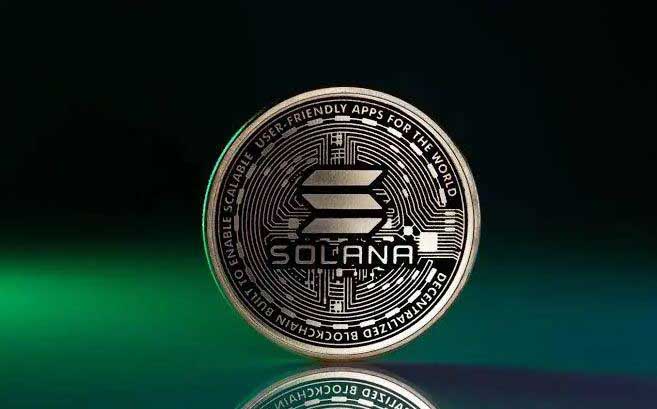Today, Visa (NYSE:V), a leader in digital payments, announced continued expansion of its global value-added services business with the addition of three new AI-powered risk and fraud prevention solutions. The new products, part of the end-to-end Visa Protect suite, are designed to reduce fraud across immediate account-to-account and card not present (CNP) payments, as well as transactions both on and off Visa’s network.
Visa Protect is part of a broad suite of Visa value-added services that have grown to nearly 200 products, spanning five high-demand categories: Acceptance, Advisory, Issuing, Open Banking and Protect. To help clients navigate a growing number of complexities, Visa has combined decades of expertise and significant investments in both AI and fraud prevention, with $10 billion over the last five years alone in technology and innovation, to help reduce fraud and increase network security.
“Digital payments go far beyond completing a sale – we are entering an era of modern commerce where winners move fast, AI is essential, experiences are flexible and security is native,” said Antony Cahill, Global Head of Value-Added Services, Visa. “Businesses are looking for partners that can enable their ambitions to compete and win and we’re proud to be the trusted partner helping a growing number of clients do exactly that in today’s highly competitive environment.”
Security and fraud prevention are fundamental to Visa. Last year, Visa helped block $40 billion in fraudulent activity, nearly double from the year prior[1]. Today’s announcement focuses on three Visa Protect solutions that are intended to address client needs and utilize the company’s deep expertise in AI:
- Expansion of Visa Advanced Authorization (VAA) and Visa Risk Manager (VRM) for non-Visa card payments: Visa’s extensive, AI-powered fraud risk management solutions are now network scheme agnostic, allowing issuers to simplify their fraud operations into a single fraud detection solution that help strengthen fraud protections while reducing costs.
- Visa Provisioning Intelligence (VPI): While tokenization is one of the most secure ways to transact, fraudsters use social engineering and other scams to illegitimately provision tokens and commit fraudulent transactions. VPI, an AI-based product, is designed to address this challenge and combat token fraud at its source by using machine learning to rate the likelihood of fraud for token provisioning requests. VPI, accessible through Visa Risk Manager, helps financial institutions prevent fraud in a targeted way and enable more seamless and secure transactions across device, ecommerce and card-on-file tokens.
- Real-Time, Account-to-Account Payment Protection: Visa’s first fraud prevention solution built specifically for immediate payments, including P2P digital wallets, account to account transactions, and central banks’ instant payment systems. Powered by deep learning AI detection models, this new service provides a risk score in real time that helps financial institutions prevent fraud by automatically blocking bad transactions before they happen.
Each product will be accessible to clients in 2024, with different release dates depending on the product and market.
“In today’s digital-first society, Visa remains focused on enabling an advanced suite of risk and fraud solutions to ensure consumer data is protected wherever transactions take place,” said Walter Lironi, SVP, Head of Advisory and Value-Added Services, CEMEA, Visa. “These three new AI-powered solutions are built on Visa’s unmatched technology, innovation, and 30-year heritage in AI, as well as our expert risk advisory and managed services practice. We look forward to supporting and accelerating our clients’ and partners’ growth across Central and Eastern Europe, Middle East and Africa.”
To learn more about end-to-end security solutions from Visa, visit our Intelligent Security page and Visa.com for more information on Visa’s value-added services for businesses.
















